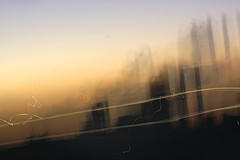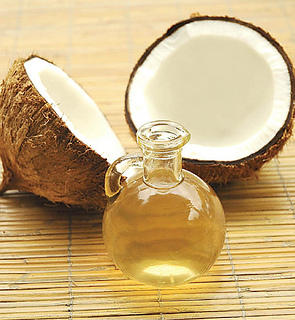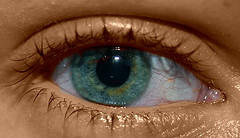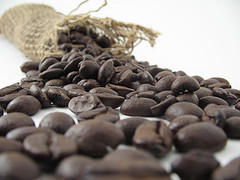Doing the laundry is a necessary annoyance, but modern amenities have done a lot to make this weekly chore a less daunting. Here are the basic rules for properly washing and caring for your most essential articles of clothing.
- Sort by color. You’ve likely heard that you need to separate your lights from your darks, but this step is especially important when washing denim or new clothes that have yet to be washed.
- Use the right water temperature. As a general rule, wash delicate clothing that could shrink or bleed in cold water. For heavily soiled items, whites, and towels, use hot water instead.
- Use the proper detergent. Not all detergents are created equal, so choose a type specially formulated for cold water, hot water, or even a brand made with color-safe bleach to remove stains from colored clothing. As a bonus, using the right type of detergent can even extend the lifespan of your clothes.
- Secure buttons. Dab a bit of clear nail polish in the center of shirt buttons to help prevent them from loosening. Even better, learn how to replace one yourself if you frequently wear button-down shirts.
- Keep zippers smooth. Rub zippers with wax every few weeks to keep them from catching or sticking.
Laundry Basics – Sorting it Out [For Better Living]
How to Care for Your Clothes [How Stuff Works]
Keep Your Clothes Clean and Bright [She Knows]
4 Clothing Care Skills Millennials Probably Don’t Know (But Need to Learn) [Real Simple]










 Equal Housing Opportunity
Equal Housing Opportunity